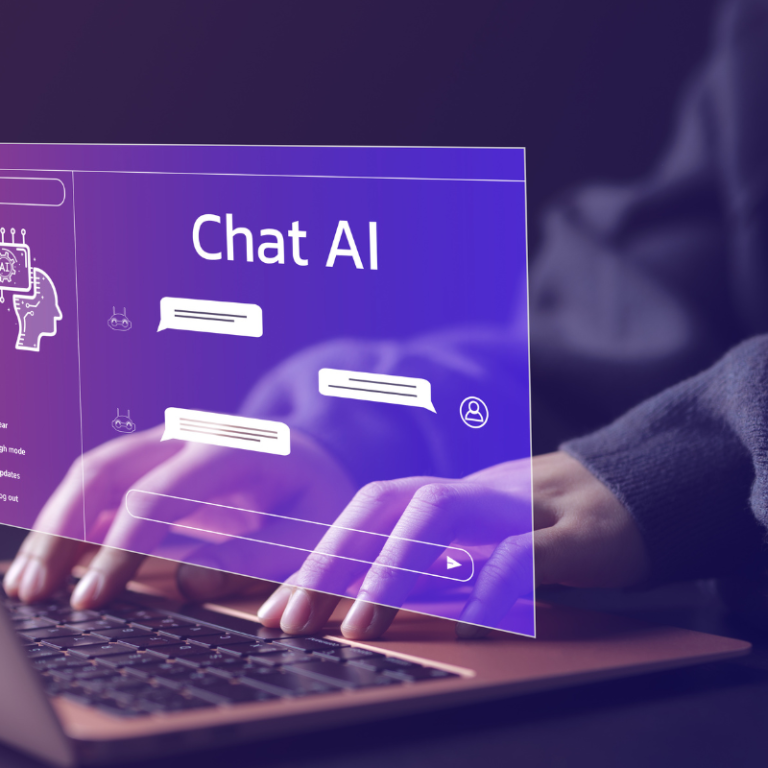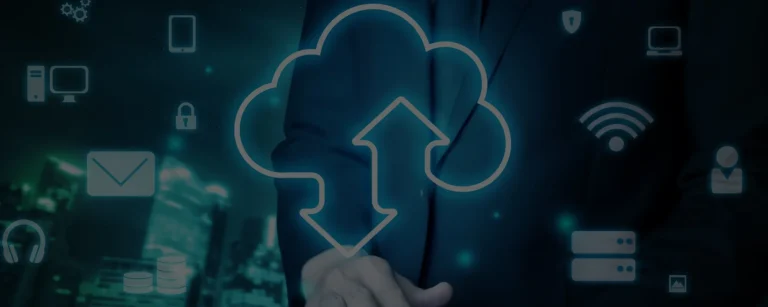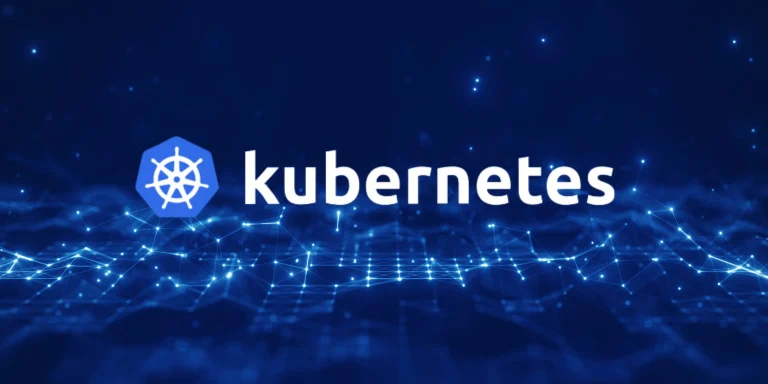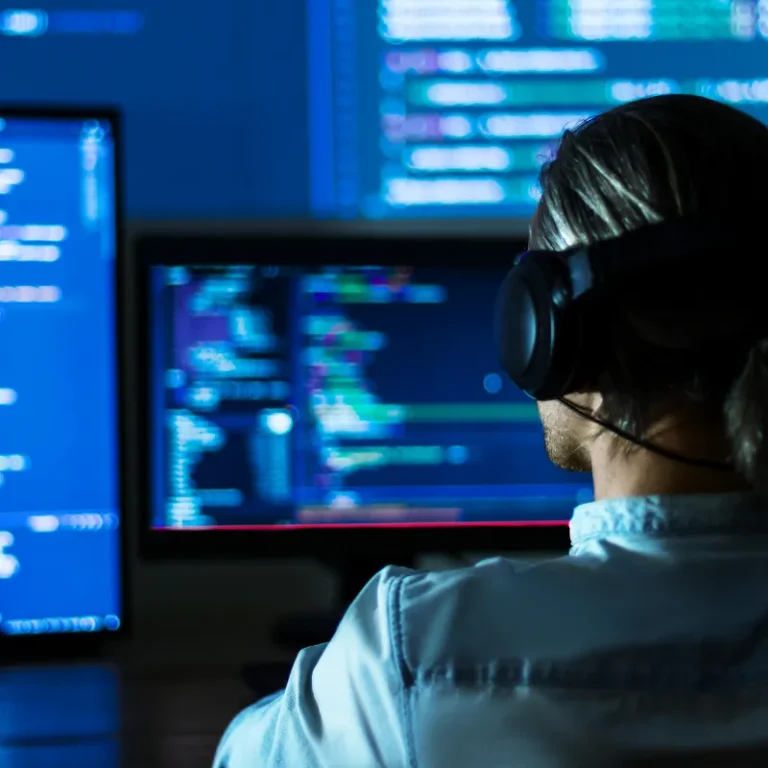Non-Fungible Tokens are an innovation within this now fast-changing digital landscape. It has truly caught the attention of so many artists, collectors, and investors worldwide. Most people are familiar with the term, but the meaning of it and what this actually would mean for the future of digital ownership is something rather few know. Read on as this blog demystifies NFTs, unpacks their significance, and analyzes why they matter in today’s world.
What Are NFTs?
NFTs are Non-Fungible Tokens, types of unique digital assets that represent ownership of one-of-a-kind items – sorts of original artworks or sculptures. Because each is unique, NFTs are not interchangeable like fungible items: currency, for example, or mass produced prints.
NFTs represent a new solution for managing rights over work by artists without constricting the access of viewers, capable of representing everything from sketches, music, memes, photos, to basically anything you could think of! The design of an NFT is unique in a sense that it cannot be duplicated nor edited to give a real artist copyright over his work in the same sense that displaying the real painting on your wall but in its digital version.
One of the exciting directions for artists as far as NFTs are concerned, is a completely new dimension through which they can market their art. The artists can benefit from probably a small percentage in every sale of their NFT every time that changes hands. NFTs sold rose to more than 55% to £285 million alone in 2021. How Do NFTs Work?
NFTs reside on a blockchain, essentially a public record of transactions that anyone can access. Most people know blockchains through their connection to cryptocurrencies.
Though NFTs are most commonly seen in association with the Ethereum blockchain, they can also reside on other blockchains.
What are NFTs?
They are created, or “minted,” from digital objects that represent both physical and digital items, including:
- Art
- GIFs
- Videos and sports highlights
- Collectibles
- Virtual avatars and video game skins
- Designer sneakers
- Music
- Even tweets! Jack Dorsey, the co-founder of Twitter, sold his first tweet as an NFT for over $2.9 million.
To put it even simpler: Non-Fungible Tokens work as digital collectibles. You don’t actually own a fresh oil painting hanging on your wall; you actually own a digital file representing it.
Ownership of NFTs comes with unique rights to ownership-there can be only one owner. Due to NFT uniqueness in data, there is easy and swift verification of ownership and transfer of tokens between owners. Importantly, specific information can also be embedded within the NFT itself by the creators. For instance, artists can include their signature as metadata within the NFT, and it becomes more valuable and authentic in real sense.

Classification of NFTs
There are hundreds of flavors, representing the diversity of the digital content that is being created today. Some of the most in-demand types in NFT are:
Art and Collectibles
Digital art has brought about an exciting new field within the NFT ecosystem. Here, artists can sell their unique pieces to collectors directly. This has shifted the way in which art is considered and viewed and provided an alternative platform for artists outside of the confines of galleries and auction houses. Non-Fungible Tokens have enormous potential to provide artists with exposure and revenue streams. When comparing such iconic sales as the one of Beeple’s digital artwork for $69 million, it is also obvious that the buyers are investing in unique digital items for their novelty and worth appreciation.
Audio Recordings and Videos
The current music and video artists use NFTs as a creative way of monetizing their content. The model allows creators to keep a larger share of their earnings while offering fans something unique—content that can’t be found elsewhere. For example, an artist could offer up a limited-edition album as an NFT with bonus materials or behind the scenes.
Virtual Realty and Games’ Assets
The in-game assets or virtual land the virtual worlds and metaverses brought to the game, where the user can buy or sell, and even trade. Therefore, the players can have their exclusive items such as skins, weapons, or properties, creating real-world value in their experiences. As stated in other platforms, it is through Decentraland and The Sandbox, where the user creates virtual spaces that further validate economies in those digital assets.
Other Use Cases
But, far from just art and gaming NFTs, is nothing. It can represent ownership of unique web addresses, or it can be used as a ticket for an event to prevent any possible danger of counterfeiting. This opens NFTs into being a versatile tool being effectively used in industries ranging from movies to real estate.
Problems and Criticisms
However, Non-Fungible Tokens also have their own set of troubles and criticisms. Questions are also raised about their sustainability, especially with regards to the energy the blockchain network is consumable of. Critics claim that the process of minting and trading of NFTs would harm the environment with its carbon footprint.
Volatility and speculation also impact the NFT market, thereby bringing possible bubbles and risks of losses to the investors. Issues abound too as one comes to understand the concept of intellectual property that owning a copy of an NFT does not equate to owning the underlying asset and therefore prospective disputes may be found in the rights and usage.
Conclusion
Non-Fungible Tokens are the new paradigm for understanding and managing digital ownership. This presents an undeniably exciting prospect, not only because it empowers creators and democratizes access but also because it challenges the status quo within traditional industries. NFTs will enter a developmental phase as they help shape the future of the digital landscape and all its forthcoming opportunities and challenges.
Understanding NFTs is the door to participating in the future digital economy. Over time, adopting this technology may unlock new ways of creating, sharing, and owning digital content. Learn more about NFTs and what’s being developed.







